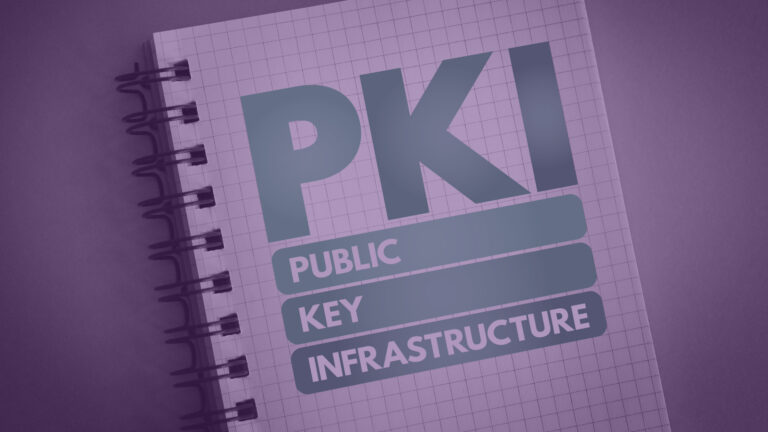1. Overview of Microsoft MFA number-matching authentication
In the ever-evolving landscape of cybersecurity, multi-factor authentication (MFA) has become a crucial tool in protecting sensitive data and resources. One of the most common methods of implementing MFA is through number-matching authentication, where users are required to verify their identity by entering a code sent to their mobile device. While this method is effective in adding an extra layer of security, it is not without its flaws. This blog will explore the potential weaknesses and vulnerabilities of Microsoft’s number-matching authentication methods and provide insights on how to address these issues.
2. Lack of security in number-matching authentication
One of the primary flaws in Microsoft’s number-matching authentication methods is the susceptibility to phishing attacks. Hackers can easily trick users into providing their verification codes through fake login pages or deceptive emails. Additionally, the reliance on a single-factor (something you know) for authentication leaves users vulnerable to unauthorized access if their mobile device is compromised. To enhance security, users should consider implementing additional factors such as facial authentication, QR code authentication, or soft tokens like V-Key.
3. Vulnerability to phishing attacks
Phishing attacks remain a significant threat to Microsoft’s number-matching authentication methods. Users are often lured into disclosing their verification codes through malicious emails or fake websites, compromising their account security. This flaw underscores the importance of user awareness and education in identifying phishing attempts. Implementing multi-factor authentication (MFA) with additional layers of security, such as facial authentication, QR code authentication, or soft tokens like V-Key, can fortify your defense against phishing attacks.
4. Inconsistencies in user experience
One common flaw in Microsoft’s MFA number-matching authentication is the inconsistencies in user experience across different devices and platforms. Users may encounter difficulties in receiving or entering verification codes, leading to frustration and potential security risks. These inconsistencies undermine the reliability and efficiency of the authentication process, impacting user confidence and overall security posture. To mitigate this issue, organizations should prioritize testing and optimizing MFA implementation to ensure a seamless user experience across all devices and software versions.
5. Limitations in scalability and flexibility
Another critical flaw in Microsoft’s MFA number-matching authentication is the limitations in scalability and flexibility. As organizations grow or expand their operations, the system may struggle to accommodate the increased demand for authentication services. This can result in performance issues, delays in verification, and overall inefficiencies in the authentication process. Moreover, the lack of flexibility in customization options can hinder organizations from tailoring the authentication methods to their specific security needs.
6. Alternatives to number-matching authentication
Exploring alternative authentication methods can address the scalability and flexibility limitations of Microsoft’s MFA number-matching system. Options such as facial authentication, soft tokens, push notifications, or QR code authentication can offer enhanced security and user experience. These alternatives provide more customizable and adaptable solutions to meet organizations’ evolving security requirements.
7. Conclusion: The need for stronger authentication methods.
As we delve deeper into the flaws of Microsoft’s MFA number-matching system, it becomes evident that organizations must prioritize the adoption of stronger authentication methods. By considering alternative options like facial authentication, soft tokens, push notifications, or QR code authentication, businesses can significantly enhance their security posture and mitigate potential risks. Moving forward, understanding the importance of robust authentication mechanisms is crucial for safeguarding sensitive data and ensuring secure access to systems and applications.



